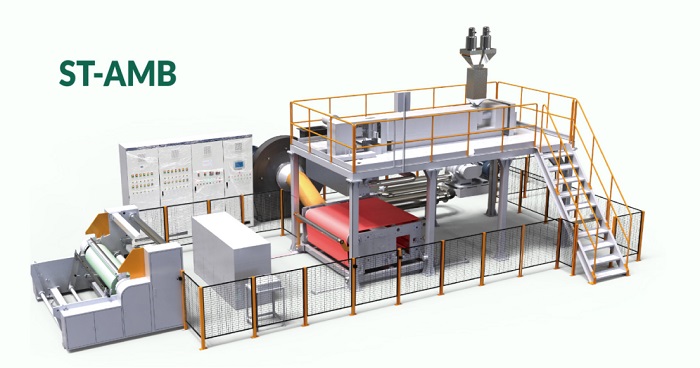The front page of the US "New York Times" revealed the disaster of the covid-19 pandemic in the United States with a huge dot chart: on the timeline of the chart, a dot represents a life lost in the United States due to the new crown virus. From the report on February 29, 2020 One death case So far, there have been nearly 500,000 death cases. More Americans died of covid-19 than in World War I, World War II, and Vietnam War combined.
Although the number of new confirmed cases notified daily in the United States has fallen sharply, thousands of people still die from the disease every day. According to statistics from Johns Hopkins University in the United States, as of now, the total number of confirmed cases of new crown in the United States has exceeded 28.1 million, and nearly 500,000 have died.
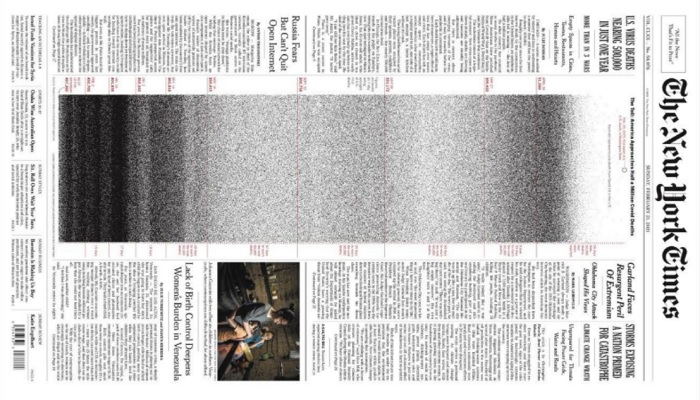
At this critical juncture of the epidemic, the people are pinning their hopes on vaccines. However, according to Bloomberg's data analysis, the United States has injected more than 59 million doses of the covid-19 vaccine, an average of 17.8 doses per 100 people. But what is worrying is that some preliminary studies have shown that the vaccines that have been launched are less effective in protecting against the newly emerging and more contagious variant, covid-19.
In addition, some parts of the United States have been affected by extreme cold weather recently, and the distribution and transportation of vaccines have encountered great difficulties.
When inspecting the Pfizer vaccine factory in Portage, Michigan, Biden said that due to the mutation of covid-19 and the possible interruption of vaccine production in the United States, the lives of Americans may not be able to return to normal in 2021. These words seem to extinguish the ray of hope in the people's hearts.
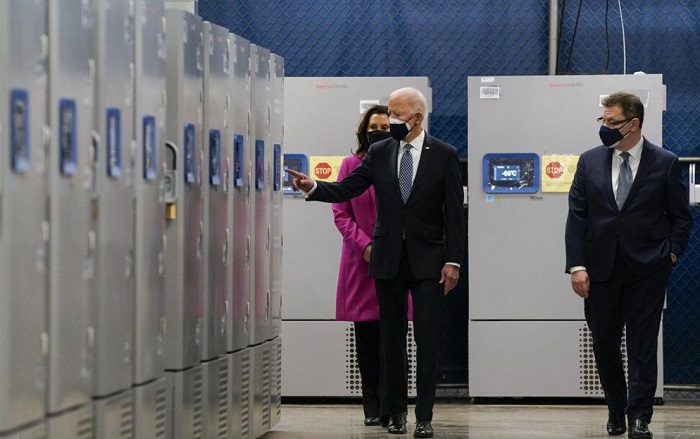
Virus mutation is getting worse?
The National Institute of Infectious Diseases of Japan has discovered a new type of mutated covid-19 virus in Japan. Its strain is different from the mutated virus previously found in the United Kingdom, South Africa and other countries.
The mutant virus may weaken the immune effect, but the infectivity is not enhanced. As of early February, a total of 91 cases of variant covid-19 infection have been detected in the Kanto region, and 2 cases have been detected in the airport.
Indian health officials said that as many as 240 new variants of the covid-19 strain have been discovered across India, and active measures are needed.
Randeep Guleria, director of the All India Institute of Medical Sciences (AIIMS), an authoritative medical research and clinical institution in India, said that some of the new variants of the covid-19 strain may be highly infectious and even more dangerous. Some strains have an immune "evasion mechanism", and some people who already have antibodies or have been vaccinated may be infected again.
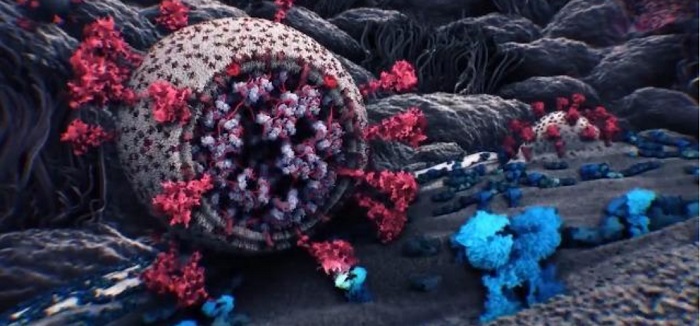
Gurrella further stated that regular and extensive monitoring of new strains is now needed, and vaccines can be improved to meet this challenge. He also said that vaccination is still "necessary." But vaccinations alone are not enough. "Active testing, contact tracing and isolation measures are also needed."
In the face of virus mutation, the most unwilling thing happened-the vaccine may not work. At present, the best way to prevent the epidemic is still to wear a mask. Can the production efficiency of masks keep up with the speed of the virus?
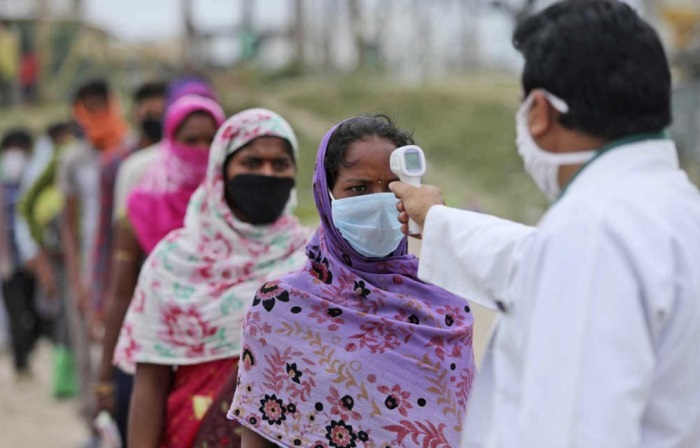
China's efficiency races against the virus
From March to the end of December 2020, China Customs inspected and released major epidemic prevention and control materials worth 438.5 billion yuan, of which 224.2 billion masks were exported, worth 340 billion yuan, which is equivalent to providing nearly 40 masks for everyone in the world.
In terms of medical masks used by doctors and nurses, the global trade volume was around US$900 million in January. By May, it had increased by nearly 10 times to US$9.2 billion. Among them, among the personal protective equipment imported by various countries, the total share of imported Chinese products rose from 59% in January to 83% in May.
In fact, in January-March 2020, due to the epidemic, the production of masks in China was temporarily stagnant, but after the pandemic was relatively stable, China quickly started producing anti-epidemic supplies at full capacity to support the rest of the world. In the early stage of mask production, production efficiency was once restricted by the "shortage of meltblown cloth".
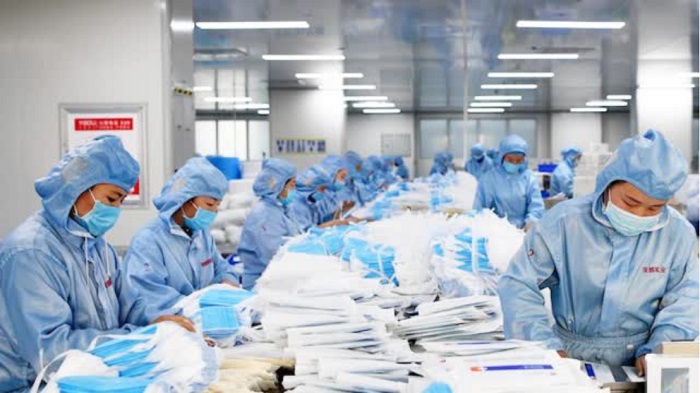
What is melt blown cloth?
Meltblown cloth is the core material of masks. Medical masks and N95 masks are composed of spunbond layer, meltblown layer and spunbond layer. Among them, the spunbond layer and meltblown layer are made of polypropylene PP material. The melt blown layer is the melt blown cloth, and only this layer can really block the virus.
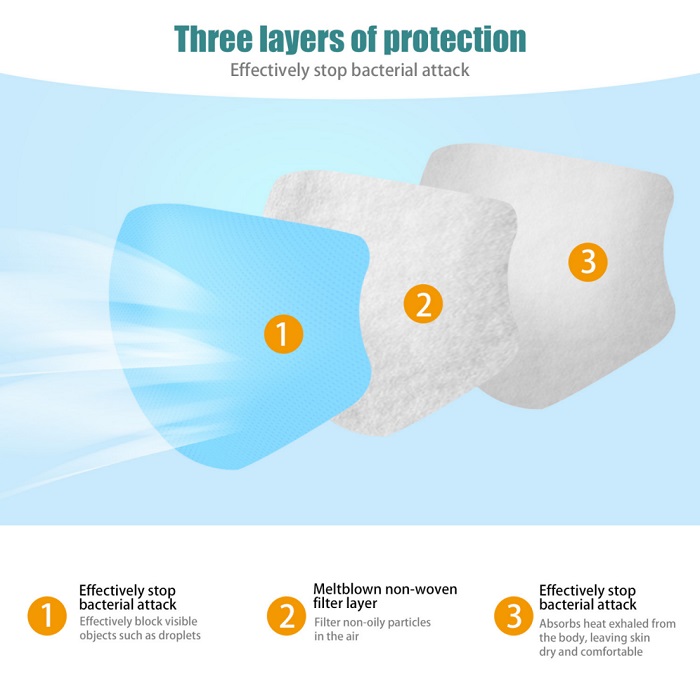
The meltblown cloth is mainly made of polypropylene, and the fiber diameter can reach 1 to 5 microns. There are many voids, fluffy structure and good anti-wrinkle ability. The ultra-fine fibers with unique capillary structure increase the number and surface area of fibers per unit area, so that the meltblown cloth has good filterability, shielding, heat insulation and oil absorption. It can be used in air, liquid filter materials, isolation materials, absorbing materials, mask materials, thermal insulation materials, oil absorbing materials and wipe cloths.
The principle of the melt-blown cloth to isolate viruses is that after the electret is processed, the electrostatic adsorption produced by the melt-blown cloth can effectively adsorb the virus. The spunbond layer can only mechanically filter large particles through the pores of the fibrous material, and it can do nothing against small particles of viruses. It can be seen that melt blown cloth is the key to epidemic prevention of masks.(try Suntech Meltblown machine)
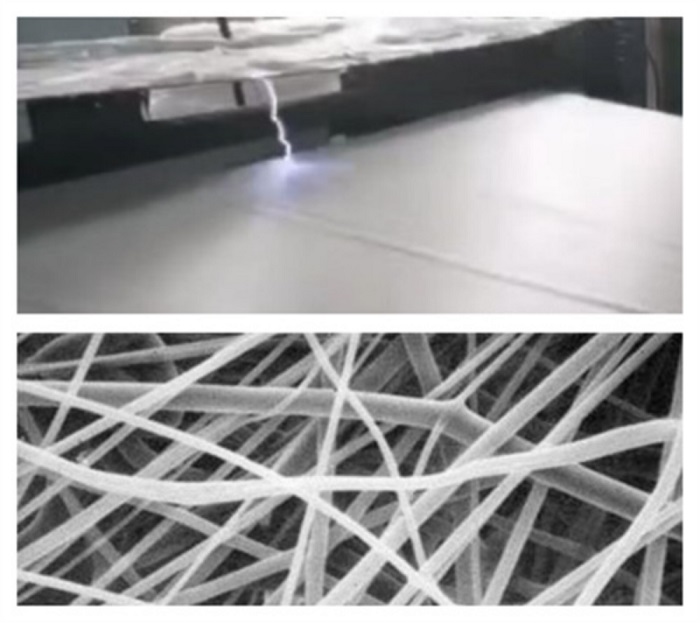
Why is meltblown cloth in short supply?
The production technology and process of melt blown cloth are relatively complicated, and the requirements for equipment are particularly high. It can be said that melt blown machine and melt blown technology are the key to melt blown cloth. However, in the early stage of the epidemic, there were not many companies with meltblown machines and knowledge of meltblown technology, which led to the stagnation of meltblown cloth production and a shortage of meltblown cloth.
In March 2020, in the face of a blowout demand for melt blown cloth, the core material of masks, China has accelerated the construction of production lines, put into production as soon as possible, and expanded the supply of melt blown cloth market to provide guarantee for epidemic prevention and control. By 24:00 on March 6, the meltblown cloth output of Chinese enterprises reached about 26 tons per day.
With 50 years of design experience and technology precipitation, Suntech has carefully developed and manufactured a new intelligent meltblown machine after several months. It integrates international cutting-edge meltblown technology, adopts international "precision" level core originals, and also adds intelligent elements, which not only greatly improves melting The production efficiency of spray cloth also guarantees the output quality of melt blown cloth, and contributes to the cause of human health with "precision manufacturing".
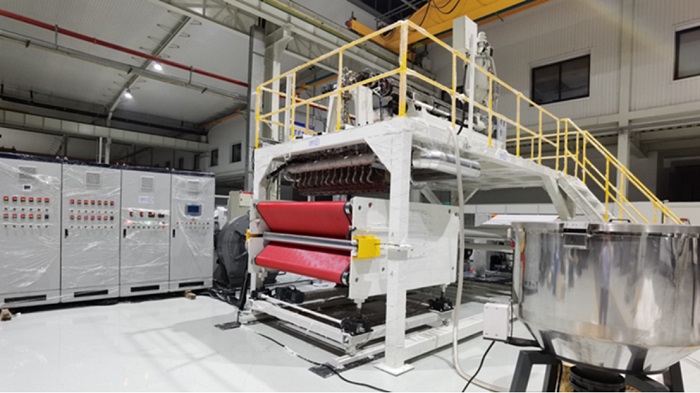
(Suntech ST-AMB Melt blown machine)
What is the production principle of melt blown cloth?
Melt-blown cloth is mainly made of polypropylene, which is directly formed into a web by melt-blown technology. You can understand it as a high-tech version of marshmallows. The sugar crystals are first melted into liquid and then the sugar strands are extruded by the rotating wheel. Collect them with sticks.
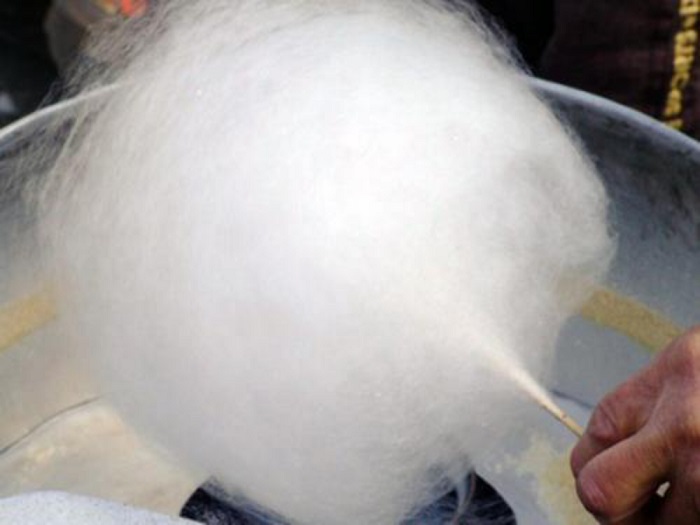
Selling marshmallows is just that in the melt blown system, the molten polymer is forced to be extruded through a small and narrow nozzle, and the molten high-temperature polypropylene (230℃-390℃) is impacted by high-speed airflow (480-800km/ h), the molten polymer is stretched or compressed into multiple orders of magnitude, and then wound on a conveyor to form a discontinuous ultra-fine fiber web arranged randomly. Finally, compression molding is performed between heating rollers.
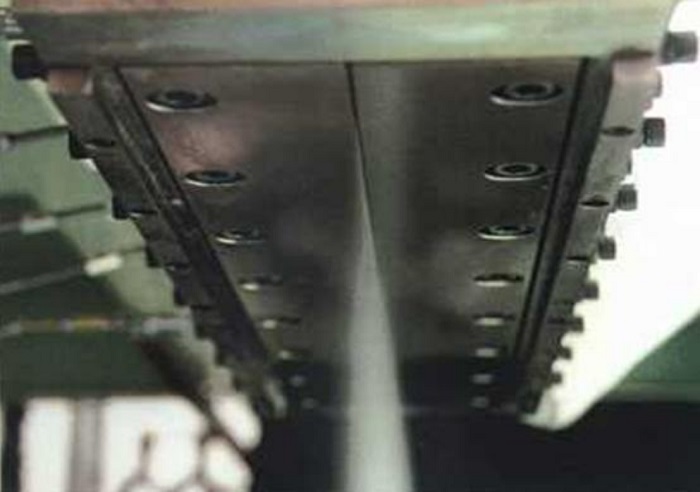
From the inside to the outside are the conveying, compressing, heating and collecting rollers. Different raw materials, temperatures (heating temperature, temperature difference between indoor and outdoor), wind speed, pressure, spinneret extrusion, and roller rotation speed will all affect the melt structure. Different properties function in different fields. Let’s take the well-known mask melt blown cloth as an example. It is a kind of melt blown mesh. About 40% of the melt is in the uncombined (single piece) state, mostly as oil glue. , Air and liquid filter media. The quality of meltblown cloth depends on whether the spinneret is sufficiently fine and uniform, so the quality requirements for the spinneret are higher. The spinneret of Suntech smart melt blower adopts Japanese leading technology, using German Demag CNC machining center and Italian Fidia gantry five-axis high-speed milling, and fluid polishing. The pore diameter of the spinneret can reach 0.25mm, and the air-drawing is 1-4μm. The spinneret is thin and uniform, which is sufficient to ensure the filterability and air permeability of the material.
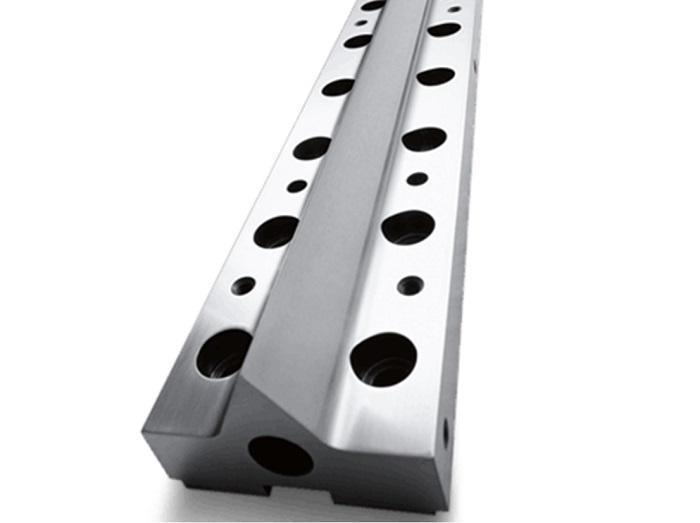
Electrostatic electret treatment
To make the meltblown cloth have the characteristics of filtering bacteria and particles, it needs to go through a very special process: electrostatic electret. After corona charging, the meltblown cloth has a voltage of several hundred to several thousand volts. Due to the repulsion of static electricity, the fibers spread into mesh holes. The size of the fibers is much larger than the size of the dust, thus forming an open structure. When the dust passes through the meltblown filter material, the electrostatic effect can not only effectively attract the charged dust particles, but also capture the polarized neutral particles with the electrostatic induction effect. The higher the electrostatic potential of the material, the greater the charge density of the material, and the more point charges, the stronger the electrostatic effect. The electret treatment is to make the melt blown cloth carry high electric charge, so as to electrostatically adsorb the virus.
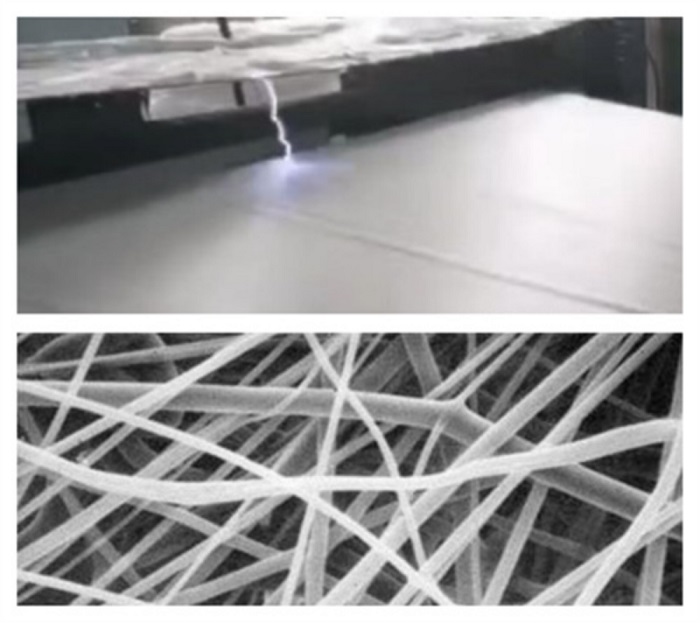
What is the principle of electrostatic adsorption?
Conventional fiber filter materials mainly rely on mechanical barriers such as direct interception, Brownian diffusion, inertial collision and gravity deposition to achieve the filtering effect. The electrostatic adsorption between the filter material and the particles is weak, compared to particles with a particle size of less than 1 μm. The filtering effect is worse. However, after corona discharge, the filtering performance of polypropylene meltblown cloth will be greatly improved. In addition to the original mechanical barrier effect, it relies on Coulomb force to directly attract and capture charged particles in the gas phase, or induce neutral particles to produce polarity , And then capture it, the filtration efficiency will undoubtedly be greatly enhanced, and the filtration resistance will also decrease. This is the principle of electrostatic adsorption of viruses.
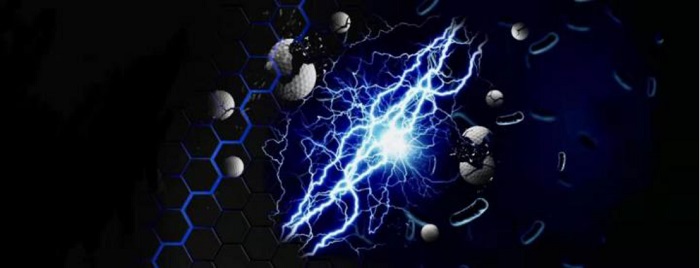
Most meltblown materials are made of polypropylene?
Why do most meltblown fabrics use polypropylene as a raw material? Because polypropylene has the following advantages:
1. The polymer melt viscosity can be controlled on demand
The melt viscosity control methods mainly include:
Use oxidizer or peroxide;
Rely on the mechanical shearing action of the screw extruder;
Control the working temperature for thermal degradation.
For polypropylene with a lower MFI, the above three methods are usually used to control the melt viscosity at the same time, so as to melt-blown to form ultrafine fibers.
2. The molecular weight distribution (MWD) can be controlled
The melt blown process requires a narrow molecular weight distribution of polypropylene in order to process fine fibers. The new catalytic technology enables polymer manufacturers to produce polypropylene materials with high MFI and narrow MWD. The aforementioned three degradation measures can further reduce the molecular weight distribution.
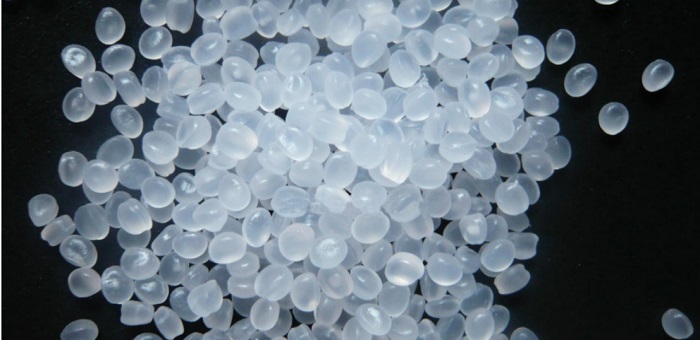
3. Wide melting temperature range
Polypropylene has a wide melting temperature range, which is more advantageous to the thermal bonding process commonly used in the non-woven process. In conventional applications, the heat resistance of polypropylene is sufficient.
4. Conducive to making superfine fibers
Compared with other polymer raw materials, if the viscosity of the polypropylene melt is very low and the molecular weight distribution is very narrow, during melt blowing, finer fibers can be obtained under the same energy consumption and the same drawing conditions. The fineness of polypropylene meltblown nonwoven fabric is usually 2-5μm. The narrower molecular weight distribution reduces the elasticity of the melt. Therefore, the melt filaments extruded from the orifice of the meltblown die can become thinner under the action of the hot air stream. In the meltblown process, the raw material of polypropylene chips must be selected according to the quality, performance requirements and process characteristics of the product.
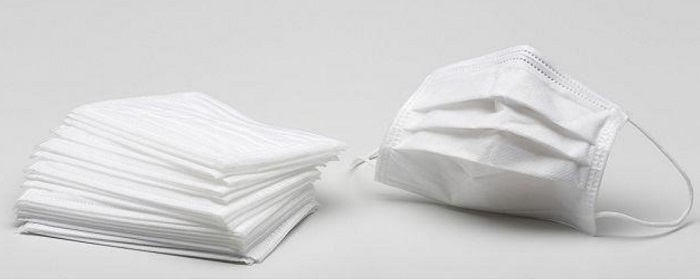
Of course, with suitable meltblown raw materials and learned meltblown technology, the most important thing is an intelligent meltblown machine. With 50 years of design experience and technology accumulation,Suntech uses "precision and intelligent manufacturing" level of intelligent melt blown machines to help human health.
